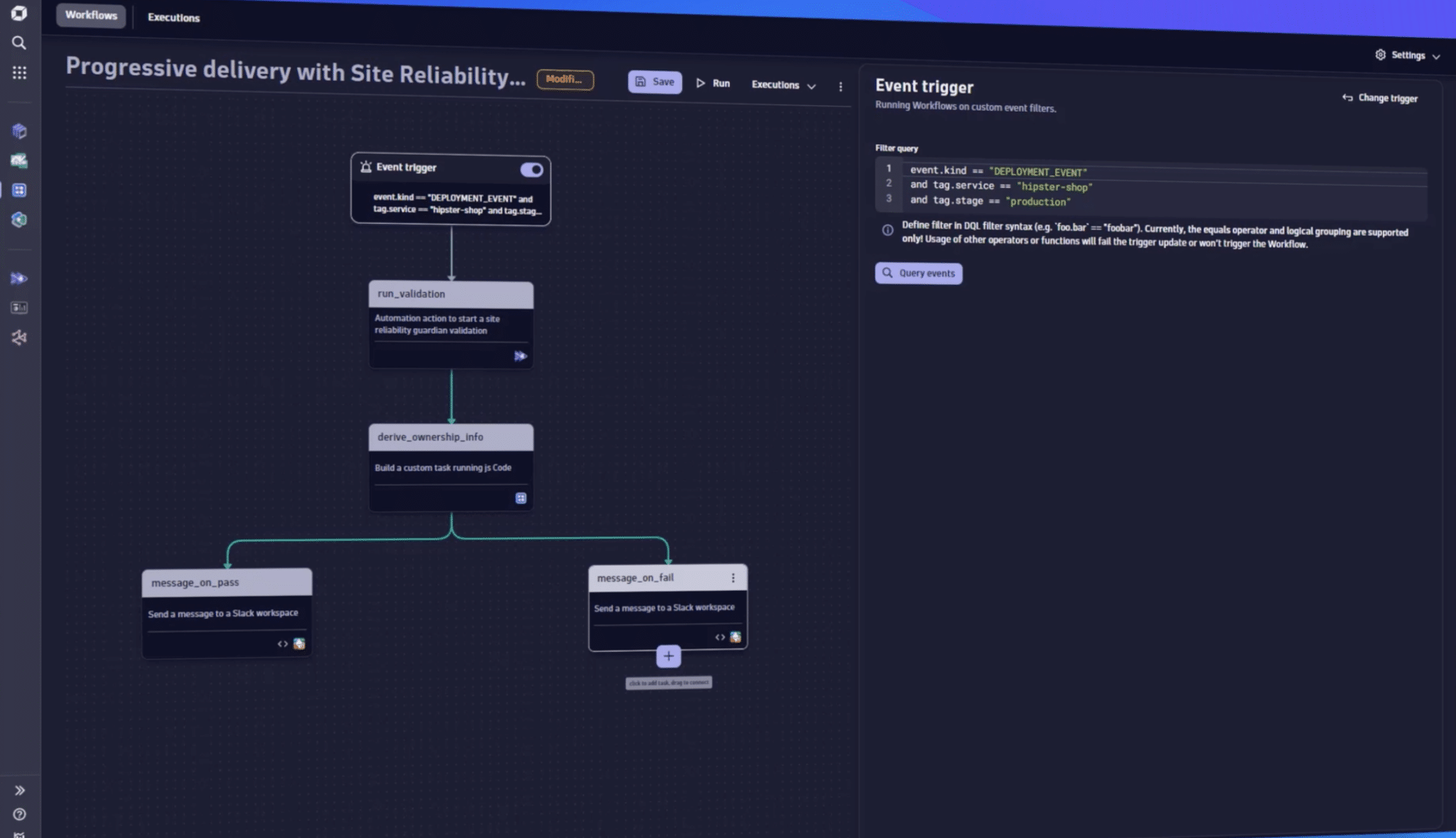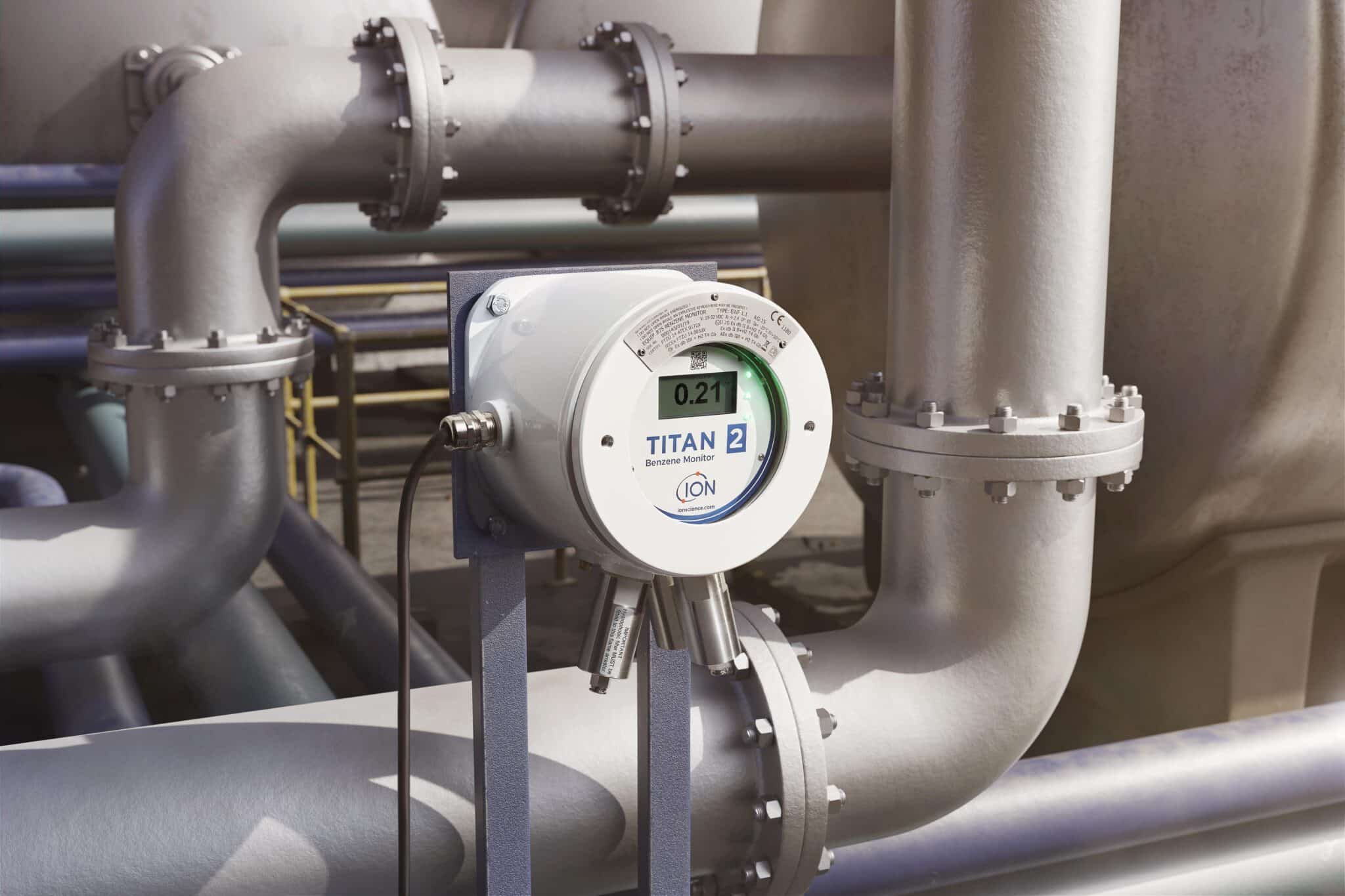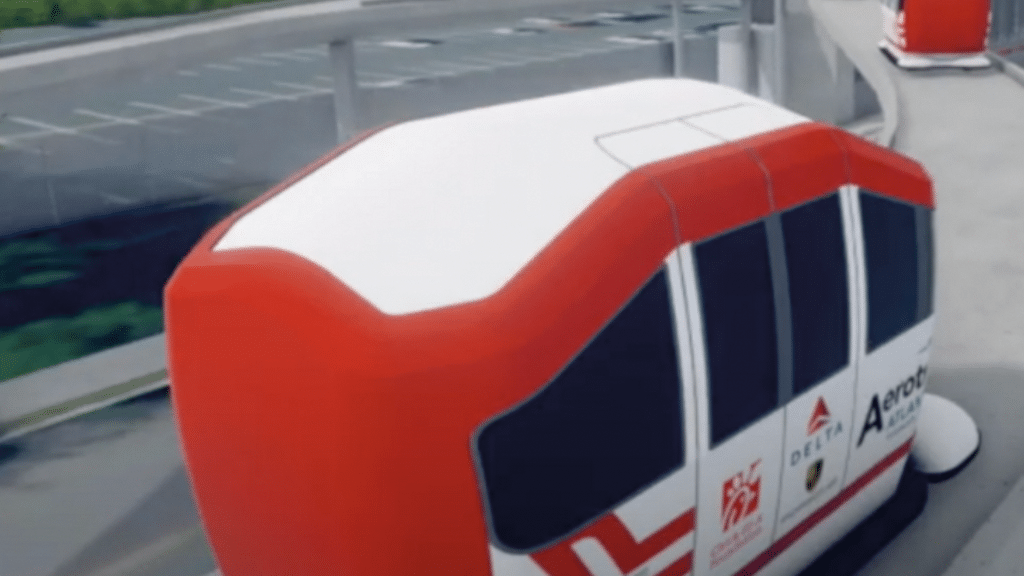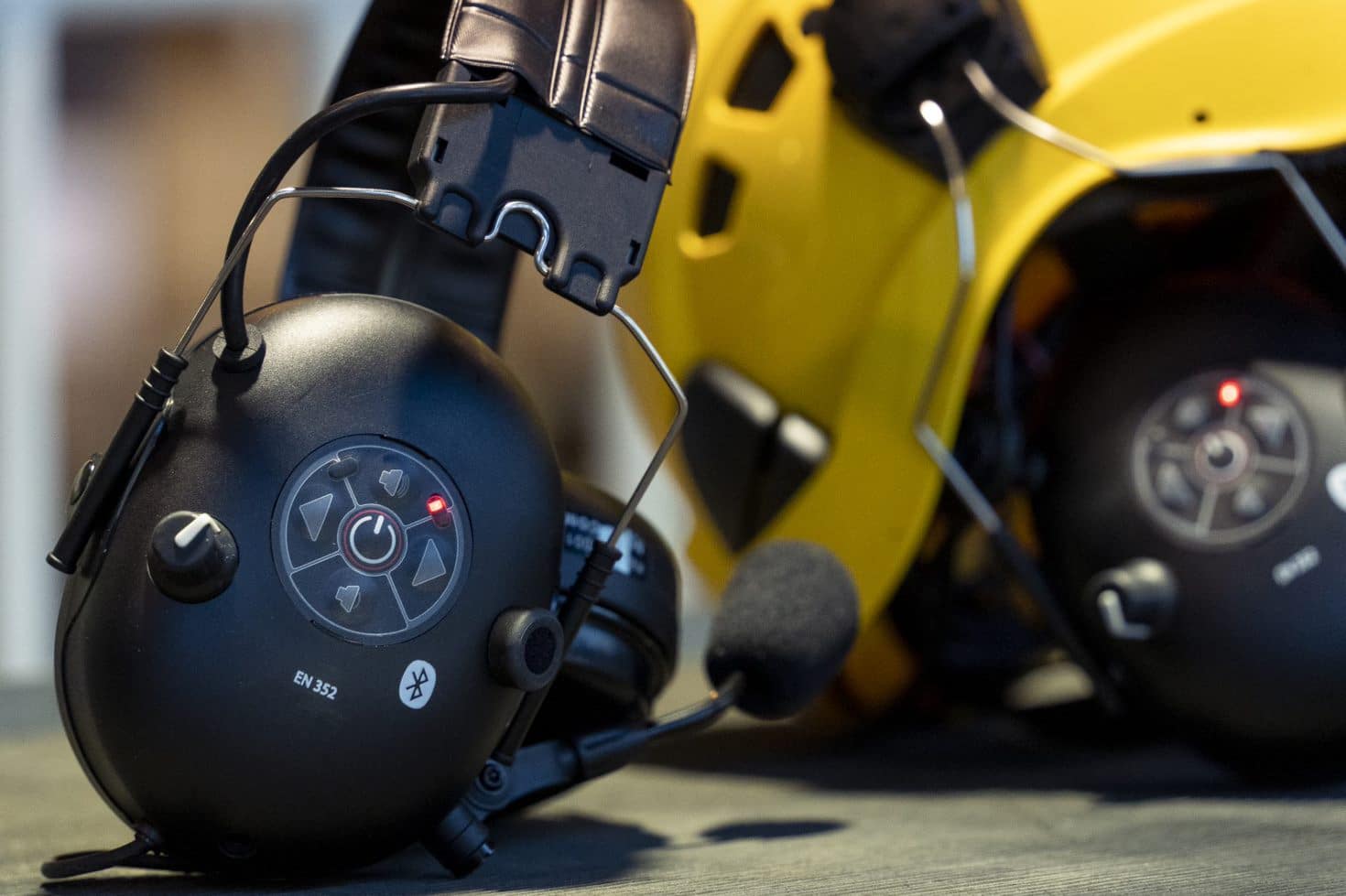Dynatrace announced that Aeroporti di Roma (ADR), the largest airport operator in Italy – serving nearly 50 million people annually via more than 100 airlines and the Fiumicino Leonardo da Vinci and Ciampino airports – is using the Dynatrace platform to keep travelers flowing through its airports quickly and efficiently. Digital systems are at the heart of ADR’s efficiency, underpinning all critical airport processes, including security checks, border control, baggage handling, airside operations, and traveler information systems such as those used for check-in and travel updates.
Previously, the ADR team had limited in-house visibility into its applications or the underlying on-premises and cloud infrastructure. They relied on multiple third-party systems integrators to share information on the performance of their software and its impact on travelers’ experiences and satisfaction. This reliance on multiple systems and manual triaging, with no single source of truth, complicated efforts to resolve issues quickly or optimize experiences. Dynatrace has enabled ADR to overcome these challenges by unifying observability and security data from its hybrid-cloud environment.
Dynatrace’s powerful, causal AI enables ADR to use this data to uncover the root cause of performance issues and security vulnerabilities and proactively resolve them before they impact travelers. This has helped ADR process 90% of travelers through security in 3 minutes, enable punctual arrivals and departures for more than 99% of its daily flights, and guarantee that 13 million bags reach more than 200 destinations each year. Thanks to these service levels, Fiumicino Airport was recently rated “Best Airport in Europe with Over 40 million Passengers” by Airports Council International (ACI) for the sixth consecutive year. Fiumicino also received a 5-Star Airport Rating from Skytrax earlier this year, making it the second European airport to achieve this rating.
“Performance issues and security vulnerabilities in our software may have significant real-world ramifications for travelers’ experience in our airports,” said Emiliano Sorrenti, chief information and technology officer at ADR. “If one of our critical applications is offline even for a few minutes, it can lead to huge queues at check-in, border control, or baggage handling desks, which could cause travelers to miss their flights. The Dynatrace platform enables us to optimize and safeguard the systems our customers rely on easily and proactively. That means we can create a better airport experience for our travelers and, ultimately, get more of them to their destination on time.”
The Dynatrace platform’s extensive automation capabilities enable service optimization and issue resolution often without human intervention. Dynatrace also seamlessly integrates with ADR’s IT Service Management solution, which has enabled significant operational efficiencies. Dynatrace automatically creates tickets when it discovers problems, identifies the root cause, and instantly routes them to the right team within ADR to facilitate proactive resolution. This has reduced the time teams spend triaging issues by 70%. In addition, Dynatrace alerts ADR to any new security vulnerabilities as they emerge in its environments, while automatically prioritizing them based on the risk to the airports’ systems and travelers. These insights enable the ADR team to resolve any issues quickly, minimizing airport disruption.
“Dynatrace has revolutionized how we manage service incidents and software vulnerabilities, enabling us to create more seamless airport journeys for our travelers,” continued Sorrenti. “The platform’s extensive automation and causal AI capabilities mean we can now have a ticket raised that points to the exact cause of the issue and can have that in the hands of the person who needs to resolve it within milliseconds. For many types of incidents, we’ve even been able to create automated workflows to enable our applications to self-heal without the need for human intervention. As well as improving the reliability and security of our critical airport services, these automations have enhanced our operational efficiency by eliminating the need to triage problems and scan for vulnerabilities manually. Instead, the answers from Dynatrace empower us to jump straight into a resolution with our partners. Ultimately, that keeps travelers flowing through our airports with ease.”








